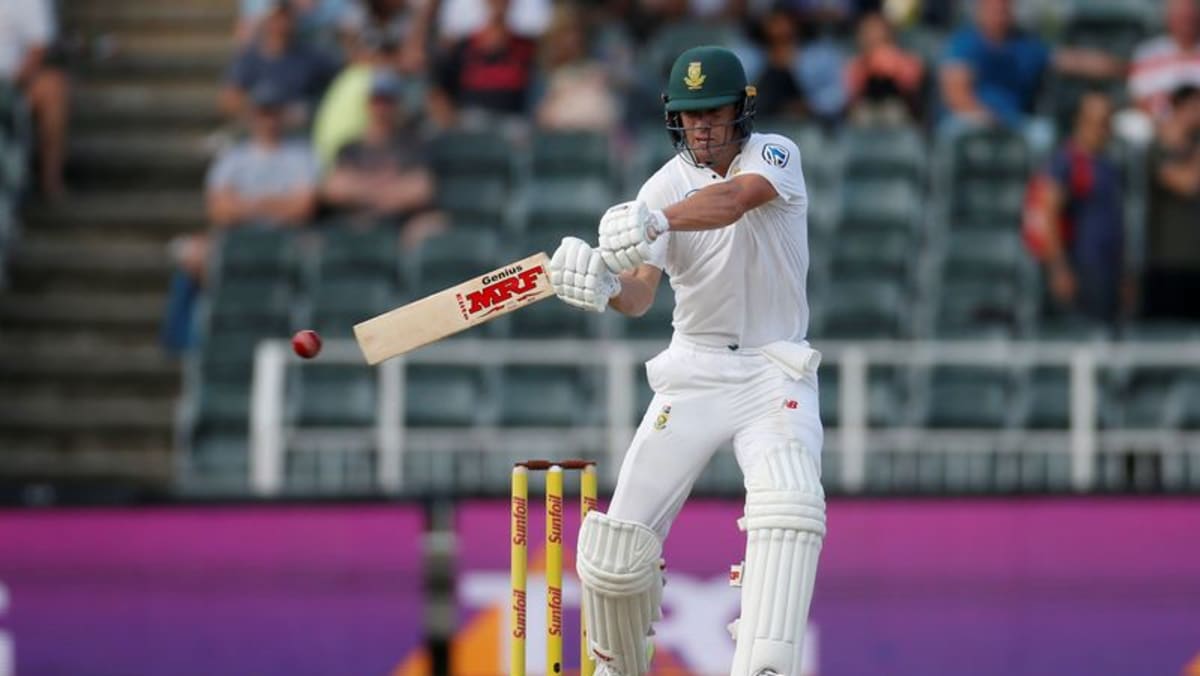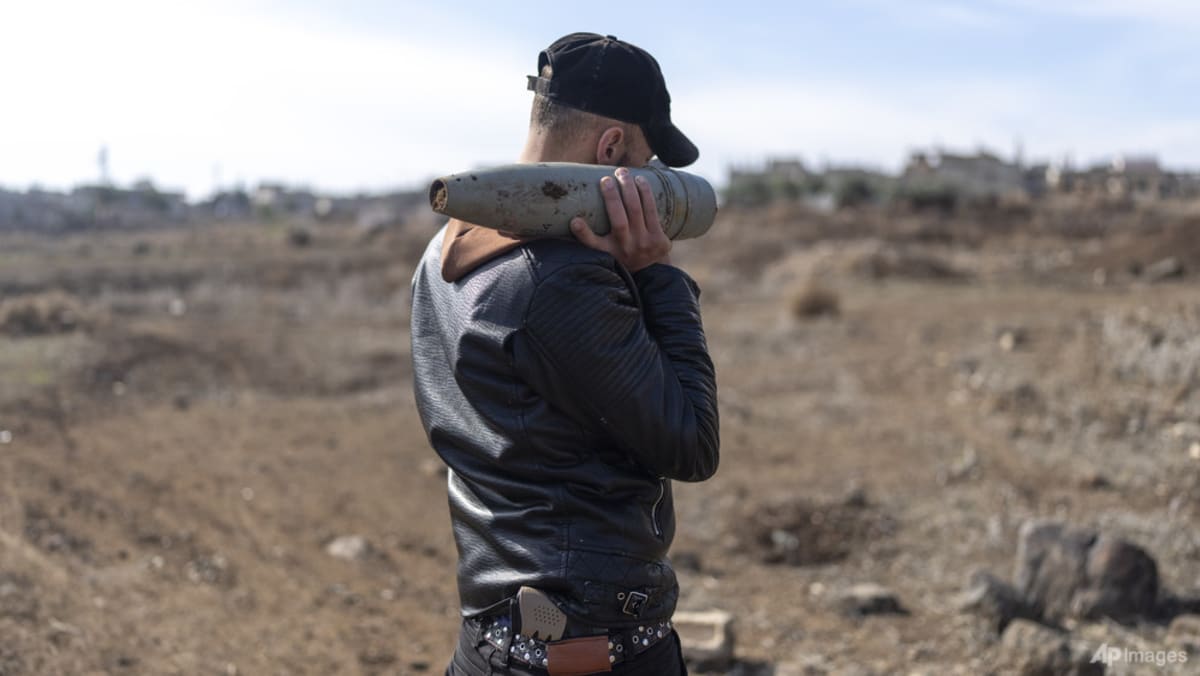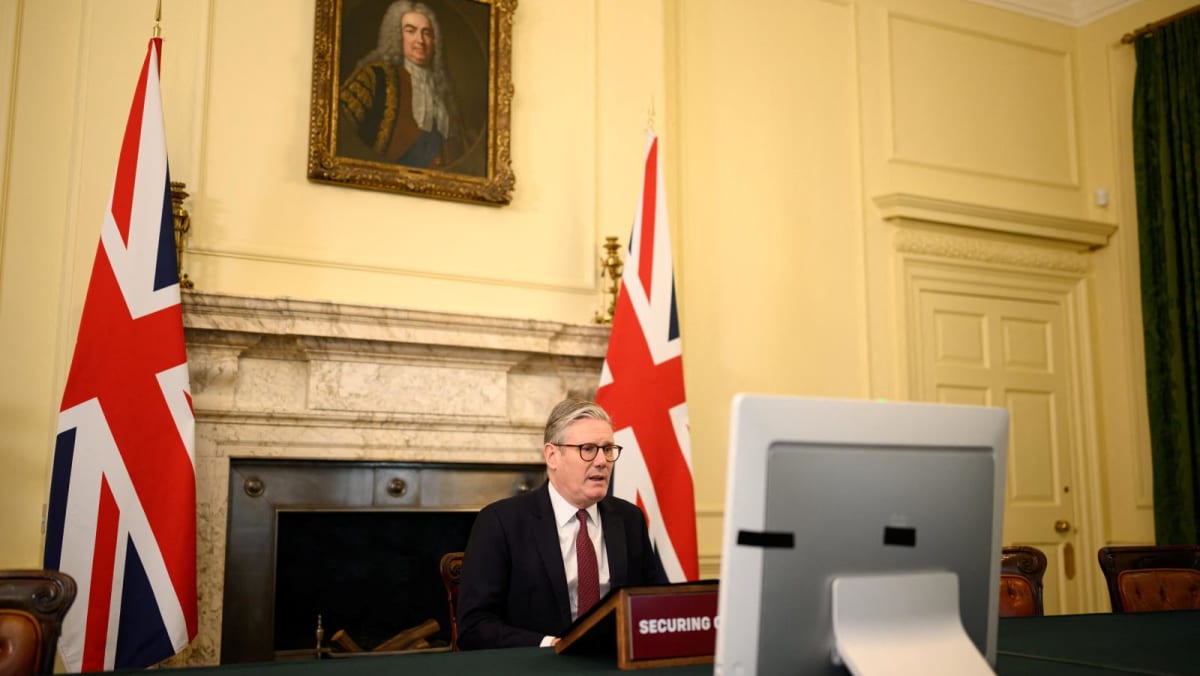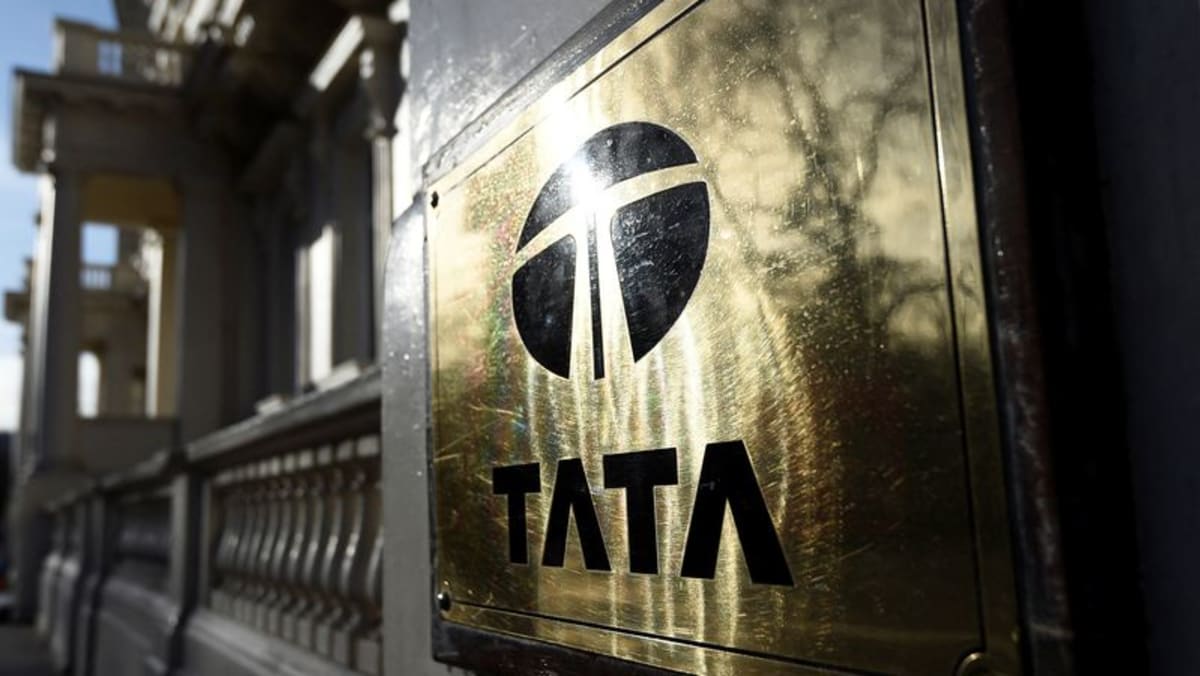From defence to EU relations, what do policy changes under UK’s new government look like?

This comes as the number of British army personnel has fallen from more than 500,000 in the early 1980s to just under 140,000 currently.
In January, the head of the United States Navy called on Britain to reassess the size of its armed forces to better respond to global threats.
Former UK defence secretary Ben Wallace said then that the armed forces had been “hollowed out” and “underfunded” for more than a decade.
New defence secretary John Healey told parliament he is fully aware of the scale of the task, especially with ongoing wars and increasing global threats.
“We know, here too, there are serious problems. Morale is at record lows, alongside dreadful military housing and a defence procurement system that the Public Accounts Committee has described as ‘broken’ and wasting taxpayers’ money,” he added.
“We can’t solve those problems all at once, but we are determined to fix them.”
While those in the defence industry – which supports about 85,000 full-time jobs – welcomed the commitment to increase spending on the sector, they stressed the need for greater collaboration in uncertain times.
“A more sustainable and safe future for the uses of defence is critical,” said James Sizer, head of marketing at Element Materials Technology.
“Partnership and collaboration, not just between private and public sector, but also between nations, is only going to go up on an upward trajectory.”
Source: CNA















